This bath features one color but the shadow lines created by the window trim, base boards and picture frame molding add plenty of texture to the scene.
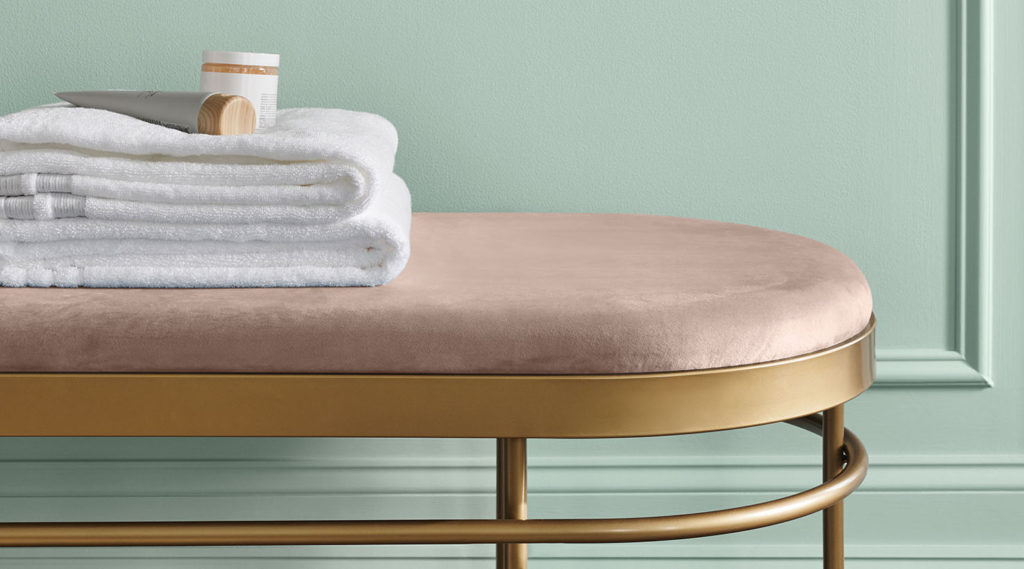
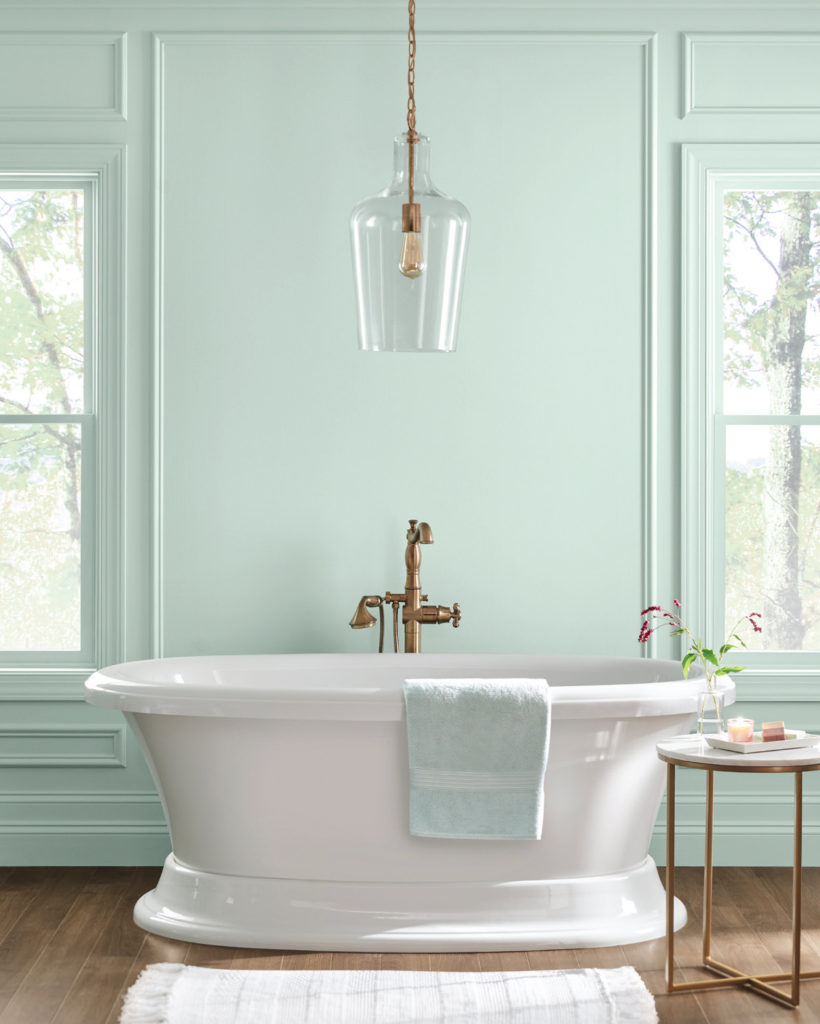
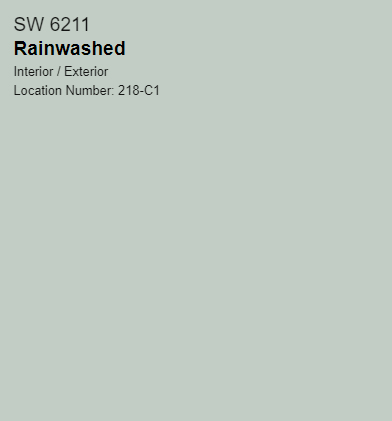
Contact Mike Nading aka The Paint Doctor for your residential or commercial painting projects 541-497-3804.
This project was done with Sherwin-Williams SuperPaint® with Sanitizing Technology. According to Sherwin-Williams, “The exceptionally durable and trusted interior latex paint has the performance of SuperPaint® and offers your customers an additional tool to help combat certain harmful bacteria on painted surfaces. This paint goes on fast and provides ongoing antibacterial action day and night. Available in 540 beautiful hues from the Living Well™collection.*EPA registered paint that kills 99.9% of Staph (Staphylococcus aureus), E. coli (Escherichia coli), MRSA (Methicillin-resistant Staphylococcus aureus), VRE (Vancomycin-resistant Enterococcus faecalis) and Enterobacter aerogenes on painted surfaces within two hours of exposure, and continues to kill 90% of bacteria for up to four years when the integrity of the surface is maintained.”
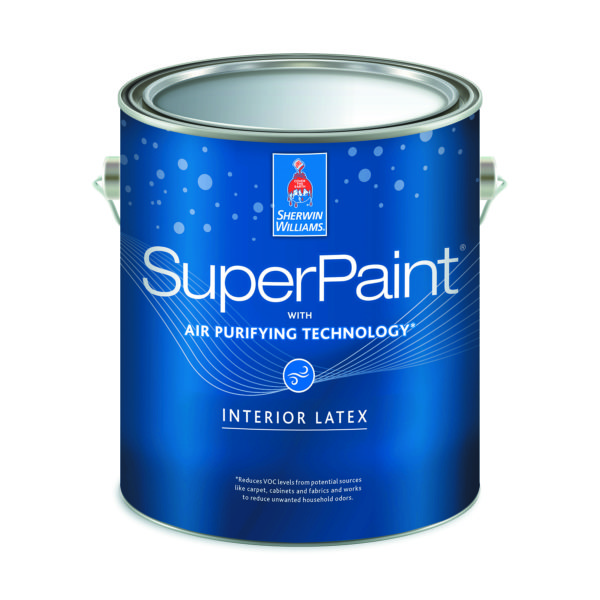
When you consider what makes a rural property stand out, it’s often the color coordination of the outbuildings and fences that make you think, “Wow, that’s a nice place.”
In previous blog entries we’ve talked about protecting your investments. This is true with outbuildings as well. You may not give some of your barns and sheds the same priority as the house, but when you consider replacement costs (especially with today’s material costs), the protection you get from quality paint throughout the property is well worth the investment.
Cutting corners on paint products and application processes will likely cost your more in the long run. Consider rundown looking properties with faded and peeling paint. It will take even more work to get these back up to speed.
If you are ready to get your rural property up to the level you’ve always dreamed, give us a call.
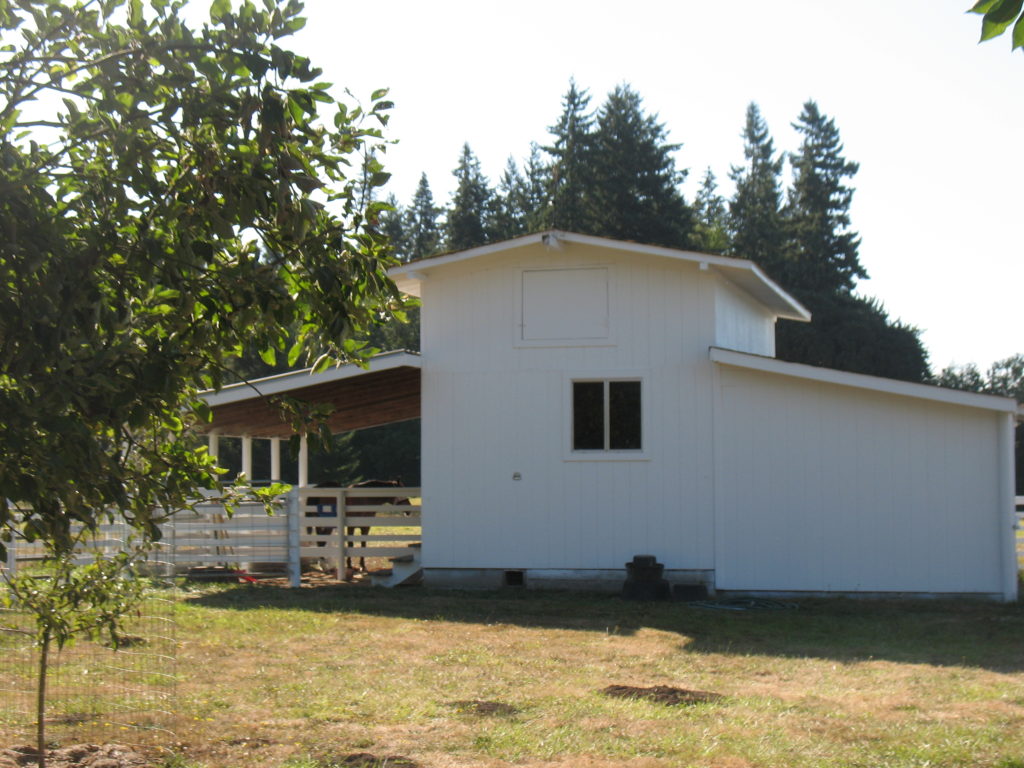
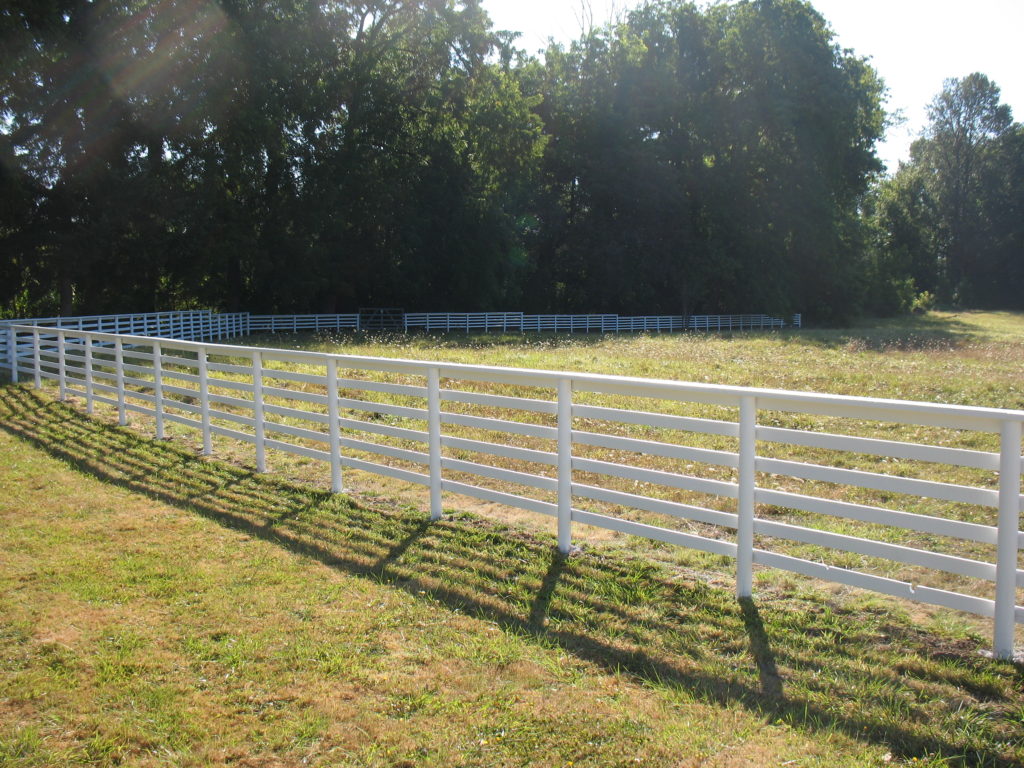
According to Sherwin-Williams, “The end of a hall can be the perfect spot to feature an unexpected hue that might otherwise overpower an entire room. Encourage more than a passing glance by displaying interesting artifacts on a narrow console.”
This is a scaled down version of an accent wall, which can add a lot of interest to a living space without taking over. When you schedule us for your interior paint project, be sure to ask about adding an accent wall.
The colors in this featured project include:
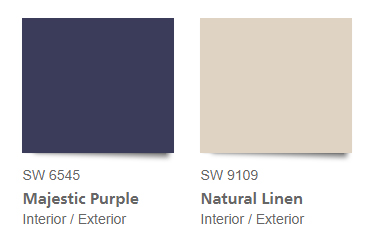
We like to help our clients figure out different ways to save money on their projects. One thing we suggest for those with rental properties is using one paint throughout the interiors. This helps avoid confusion, speeds the touch up and repair process and saves money on applications.
The most efficient form of this concept is using the same paint on walls, doors and trim. Surprisingly, the trim looks like it is a different shade because of the difference in texture and the added contour of shadow lines. This is an obvious time saver when touching up and repainting the unit.
This approach requires the right choice in paint, especially sheen, but it can provide excellent, long lasting results when done according to the Doctor.
If you are a general contractor, you understand the importance of your key trade partners. So do we. We get that you have a production schedule and that you have made commitments to your clients.
We get that keeping the schedule is important to you and to the other trades.
We get that you need accurate bids from your trade partners to make profitable and competitive bids.
We get that our crew represents your company when we are on your job site and that professional attire and respectful behavior by your subcontractors is important to your reputation.
We get that cooperation between trade partners keeps the project on track.
We get that you have your system and your sequence.
We know that the success of your business means success and ongoing work for us.
If you are looking for or an experienced, professional, reliable painting contractor to join your team of trade partners, give us a call.